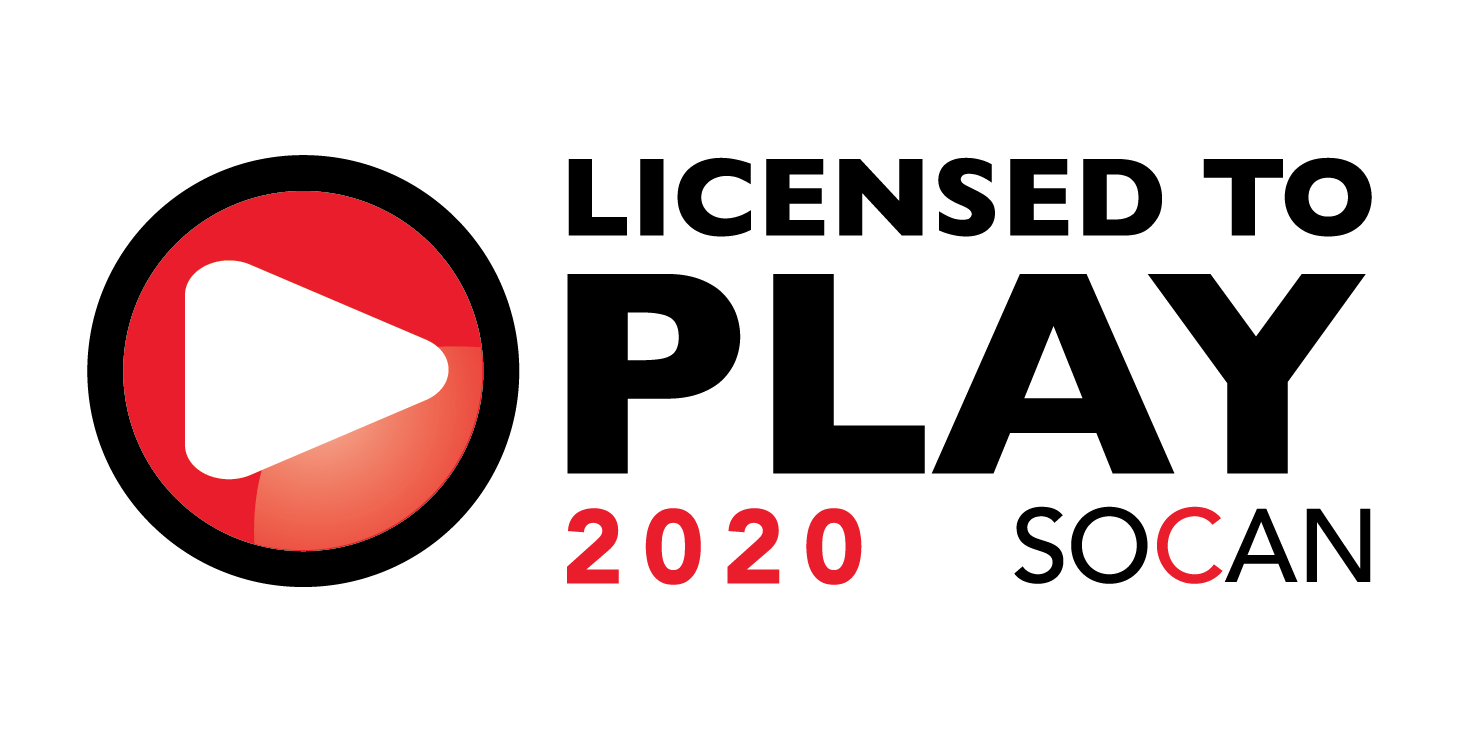CJLO Weekly Feature: Metal Monday

Welcome to the CJLO Magazine's newest weekly feature called "Metal Monday", brought to you by the metal music team at CJLO. This week, our metal music director Andrew Wixq discusses an underappreciated modern metal band.
It's always good to stir up some controversy during the obligatory top ten lists that everyone in media must do around this time of the year. I'm formulating a top ten for some things, but it makes one really think about how bands have affected us over time. I recently was asked my opinion on who the top 10 modern metal bands would be, with the understanding that "modern metal" referred to bands from basically the '90s on through the Nothings ('00s). Of course, I gave out a bunch of real, legitimate bands, which I won't delve too far into in case I run out of ideas for later articles. But after I gave it some more thought, I realized that I had forgotten one band who may have done almost as much as any other to shape the modern metal landscape. A band that through grit, determination, and sheer drive, managed to concretely change everything that came after it both immediately and in the future in immeasurable ways, and that band, my friends, is:

Now, I know, but hear me out.
Think back, if you can/will, to a time in the mid '90s. Headbangers Ball was on a station called MTV, which, I know may be hard to believe now, at the time played music videos. I was watching when VJ Matt Pinfield told me about a band from Jacksonville, Florida, who he thought was really going places combining rap and metal music. Then, they played Limp Bizkit's "Counterfeit", and though the video was awful, it was something unique. Not since the brief period of experimenting in the '80s, which included such things as Aerosmith teaming with Run DMC, Anthrax teaming with Public Enemy, and the rap-metal band Body Count, fronted by Ice-T, had there been such a commercially successful group that managed to merge the two styles of music, and though Rage Against the Machine was the first band out of the gate to push the combination of the two styles in the new decade, Limp Bizkit was really the group that brought it to the extreme "in your face" forefront. Hell, after this, Rage Against the Machine started being classified as one of the "nu metal" artists, even though they were musically better and actually had something to say.
Their live shows were by all accounts insane, with fans breaking down barriers to get to the stage, sometimes resulting in deaths, like in Australia and at Woodstock. An additional draw at these shows was Wes Borland's insane outfits, managing to show that bands were able to dress up and still bring in money, much like bands from the past (Alice Cooper, KISS). This would later help bands such as Mudvanye and Slipknot secure label deals, and is still something that bands practice today.
But now let's talk about the other side (and some of the same side) of this coin.
Limp Bizkit, though extremely popular in Jacksonville, didn't really take off until the band's label, Interscope, paid at least one station to constantly play the song in a move called "pay to play". Critics likened this to payola, which was illegal. However, since it was announced that the air time was paid for apparently it was okay and legal. This loophole, though it was done by other artists, is still something that's held over to today, and though generally frowned upon, is still being used, especially by enormous corporations that own stations, who usually hold stock in record labels *cough* Clear Channel *cough*.
Through all of this, Limp Bizkit remained a band that actually profited off both fans and people that hated them. From the start, Fred Durst wanted the band to be something that people hated, hence him picking a name that people would actively dislike. From this, he began printing out "ironic" t-shirts and stickers saying simply, "I hate Limp Bizkit," and it worked to sell things to people, thus being able to profit off people's dislike, which is both an ingenious practice, and a dishonest attempt to grab money from anyone. Hipsters could even make the argument that Limp Bizkit profited off irony before it was cool.
But really, the longest and most concrete example of Limp Bizkit's affect on music and the music industry is the fact that no other band in history can claim to be the single biggest killer of a style of music the way Limp Bizkit managed to kill nu metal, specifically rap-infused nu metal.
Now, let's be fair, nu metal was not a musically gifted subset of music, but the promise that it had was something to be admired. Bands were combining elements of different styles of music, most notably that of hip-hop, and bringing more people into metal. Would Hatebreed have had the success they had without the many fans that were brought into metal from the angry, slightly juvenile lyrics Fred Durst uttered? But to mention nu metal now conjures the ire of all metal fans, and that ire is fully directed at Limp Bizkit. I would argue that they are very much the antithesis to what bands today strive to sound like or be, save a few exceptions (see Five Finger Death Punch).
So, just like the saying goes, "you can't appreciate the good without knowing the bad," let us raise a glass to Limp Bizkit's contribution to modern metal. And, let this be a lesson to everyone: you too can make a difference in music, even if you're a backwards wearing baseball capped tattoo artist without much talent or a weird average guitar player who makes up his own cosplay costumes for fun.
-- Andrew Wixq hosts Grade A Explosives, every Sunday at 4 PM on CJLO.


